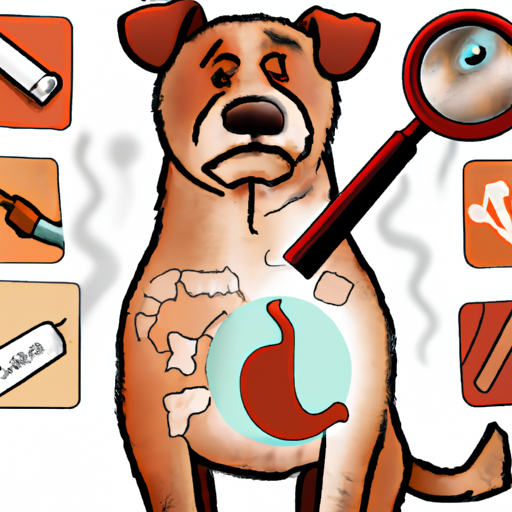The Anatomy of a Dog’s Trachea
The trachea, also known as the windpipe, is a tube-like structure that transports air from the nose and mouth to the lungs. In dogs, this structure is reinforced by C-shaped rings of cartilage. Imagine it as a flexible pipe that helps your dog breathe effortlessly. But what happens when this pipe loses its rigidity?
The Cause of Tracheal Collapse in Dogs
Tracheal collapse in dogs is typically a progressive disease that affects the cartilage in the trachea. The cartilage rings weaken and start to flatten, causing the trachea to narrow and obstruct airflow. This condition is often seen in small dog breeds such as Yorkshire Terriers, Pomeranians, and Poodles.
A variety of factors can contribute to tracheal collapse. These include:
- Genetic predisposition: Some dog breeds are genetically predisposed to developing this condition.
- Obesity: Overweight dogs are more likely to suffer from tracheal collapse as the extra weight puts pressure on the trachea.
- Age: The condition is commonly seen in middle-aged to older dogs as the cartilage weakens over time.
- Environmental factors: Exposure to smoke, dust, or extreme heat can exacerbate the condition.
Symptoms to Look Out For
Recognizing the symptoms of a collapsed trachea is the first step in getting your furry friend the help they need. Common signs include:
- A dry, honking cough
- Difficulty breathing or shortness of breath
- Bluish gums
- Fatigue, especially after physical activity
If you notice any of these symptoms in your dog, it’s crucial to seek veterinary attention immediately.
Treatment Options for a Collapsed Trachea
The treatment for tracheal collapse depends on the severity of the condition. Mild cases can often be managed with medications to reduce coughing and inflammation. Weight management and avoiding exposure to irritants are also essential.
More severe cases may require surgery. Here, plastic rings or stents are used to support the collapsed trachea.
| Severity | Treatment |
|---|---|
| Mild | Medication |
| Moderate | Medication + Diet |
| Severe | Surgery |
Preventing Tracheal Collapse
While genetic predisposition cannot be changed, there are measures you can take to prevent tracheal collapse in your dog. These include:
- Keeping your dog’s weight under control
- Avoiding the use of collar for walks, use a harness instead
- Reducing exposure to environmental irritants such as smoke and dust
Frequently Asked Questions
Q1: Are certain dog breeds more prone to tracheal collapse?
Yes, small dog breeds like Yorkshire Terriers, Pomeranians, and Poodles are more susceptible.
Q2: Can a dog live a normal life after being diagnosed with a collapsed trachea?
Yes, with proper treatment and management, a dog can live a comfortable life.
Q3: Is surgery the only treatment option for tracheal collapse?
No, milder cases can often be managed with medication, weight management, and avoiding irritants.
Q4: Can tracheal collapse be prevented?
While you can’t change genetic factors, maintaining your dog’s weight and reducing exposure to irritants can help prevent the condition.



